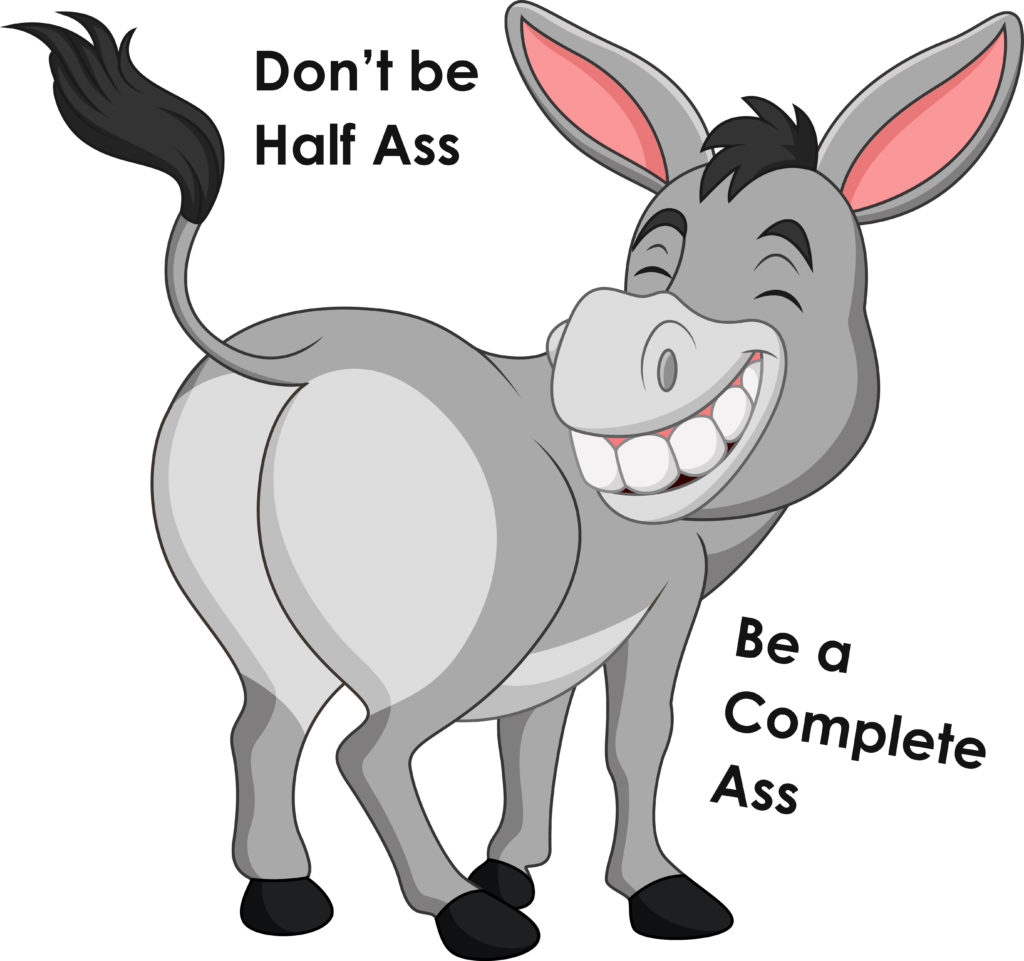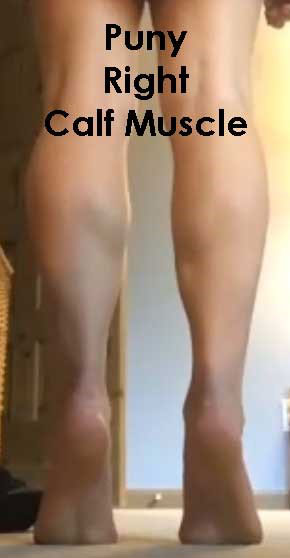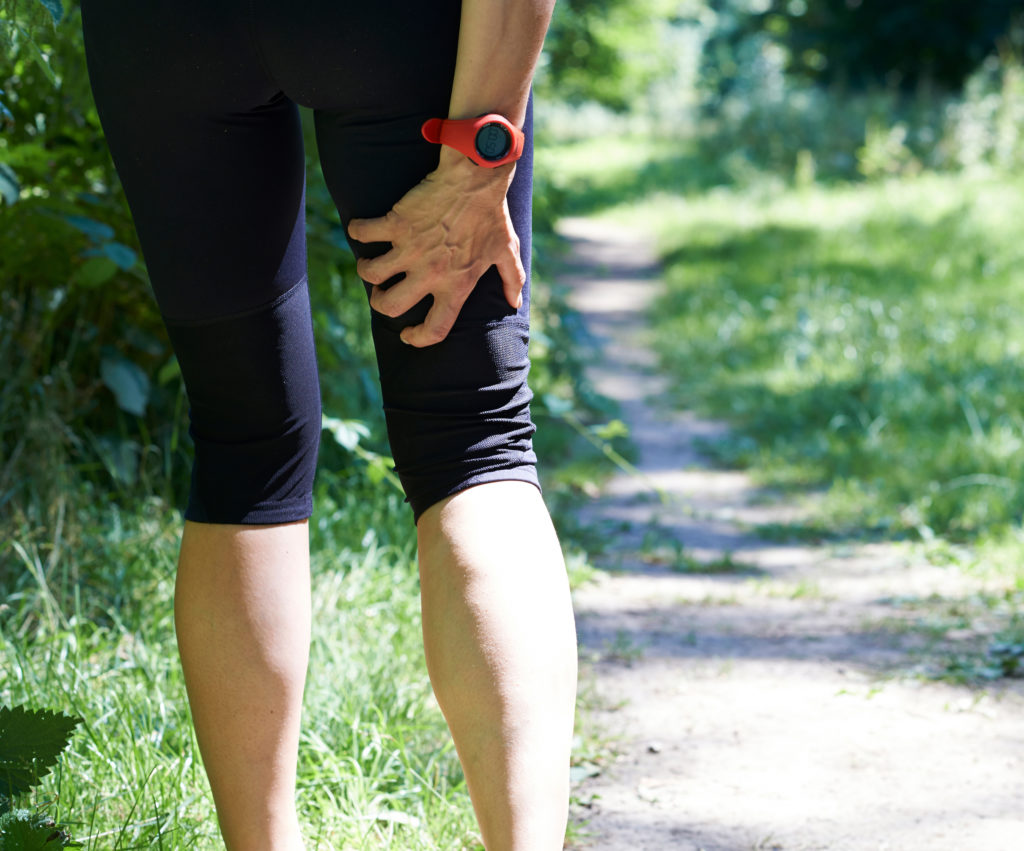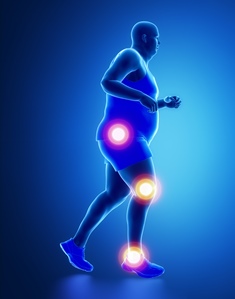Exercise
Catch 22 – Underutilization of 2D Slow-Motion Video Analysis
Why is there low utilization of 2D slow motion video analysis of movement by Physical Therapists? There are many advantages for using 2D slow-motion video analysis for management of movement disorders including increased accuracy of diagnosing movement impairments; improved communication with patients and healthcare team; increased engagement of the patient; and improved understanding of movement…
Read MoreHome based Physical Therapy Services – unique benefits of observing real-world issues
Traditionally physical therapy services provided at a person’s home occurs when the individual was “homebound.” According to Medicare regulations homebound is the patient requires assistance to leave home and that when they do, it requires a considerable, tasking effort. This is no longer the case. You do not need to be considered home-bound to receive…
Read MoreButt pain – Isometric Exercises
“Butt Pain.” has different tissue diagnoses. Possible diagnoses are sciatica; piriformis syndrome; gluteal tendinopathy; hamstring tendinopathy; bursitis; hip arthritis; and others. There are many treatments for butt pain. My “go-to” exercise for butt pain is isometric contractions of the gluteal muscles. In my experience rarely is trying to “stretch it out” effective treatment for butt…
Read MoreWhole vs part method of learning to walk/run a new way: deviant to less deviant
When learning a new physical skill an individual, therapist, or coach can choose to practice a new skill in whole or part. Motor skills learning can be practicing the whole movement or part of the movement. In whole practice acquiring a skill is by practicing the movement in its entirety, whereas the part that practices…
Read MoreExercise prescription – Art & Science
Exercise while not a drug can behave like one. Exercise can help in the management of chronic diseases and offer pain relief for individuals suffering from musculoskeletal pain syndromes. Like prescribing drugs, the concept of dosage applies to exercise prescription. A dose-response to exercise is not unlike drugs however the minimum dose, dose-response, and maximum…
Read MoreNew developments in joint replacement surgery & rehabilitation
The use of joint replacement surgery for hip and knee pain has evolved greatly since I started my Physical Therapy career many years ago. Joint replacement is occurring in younger individuals Younger individuals are having joint replacement surgery. Data from 2000 to 2009 for individuals from 45 to 64 years old there was a 188%…
Read MorePuny Calf Muscles Syndrome
It is time to replace the common belief that stretching exercises should occur before exercise or sporting activity with a newer concept that strengthening exercises for the calf muscles should occur before exercise or sporting activities. During warm up for exercise & sporting activity make a conscious effort to walk with spring in your step. Reactivating & reversing puny calf muscles can prevent injury, increase athletic performance, forestall old person shuffle, & look better.
Read MorePotential Prevention Strategy for Exercise Associated Muscle Cramps
Exercise associated muscle cramp (EAMC) is a painful, spasmodic, and involuntary contraction of muscle that occurs during or immediately after exercise. The exact mechanism or cause of EAMC still remains unclear. There is a consensus the first aid treatment of EAMC is to stretch the affected muscle. However, Coppin and colleagues conclude that regular stretching…
Read MoreAs a patient, how do I get my healthcare provider more engaged in my care plan?
The goal of any relationship between a healthcare provider and patient is that both parties feel they are invested in favorable health outcomes. How they get there is the question. The underlying assumption is that a high degree of engagement from the provider and the patient will result in better outcomes, costs less, and may…
Read MoreHow to exercise to lose weight when exercise is painful
High body mass index (BMI) is significant factor in low back pain, osteoarthritis; hip osteoarthritis; knee osteoarthritis, plantar heel pain. Weight loss intervention for pain reduction Decreasing body weight is an effective intervention to decrease musculoskeletal pain. Research by Stephen Messier at Wake Forest U, looking at individuals with painful osteoarthritis of the knee who…
Read More









